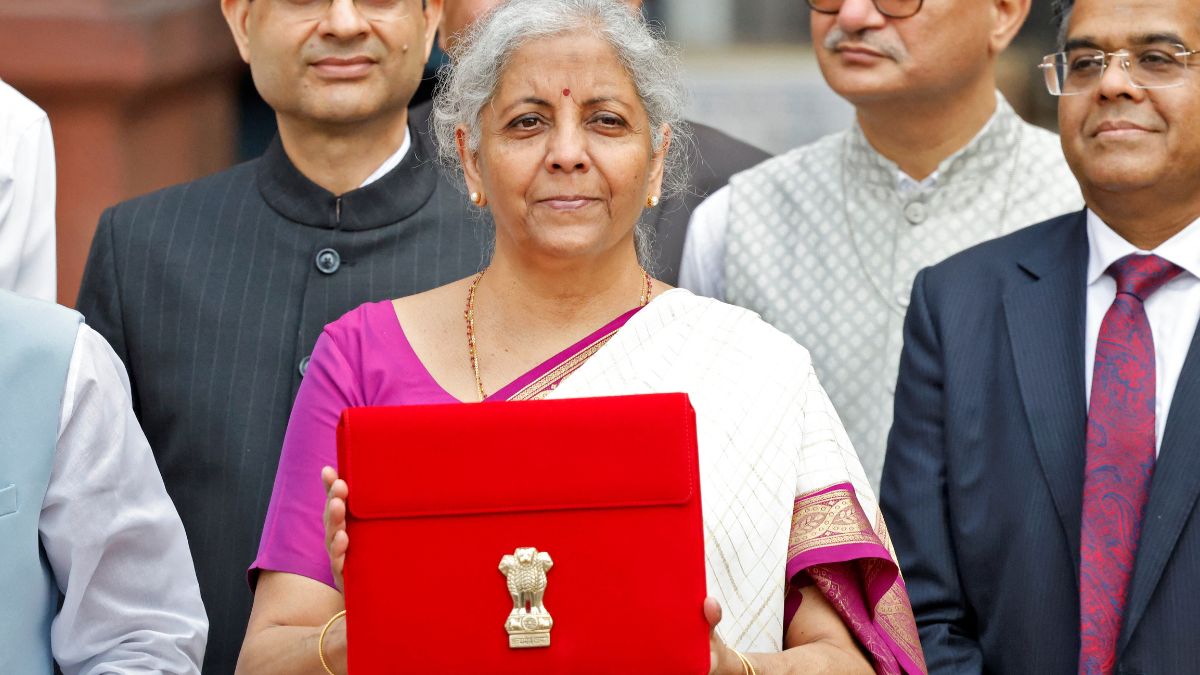With the unveiling of the Union Budget for the FY 2025-26 approaching, the country holds hopes for higher budgetary allocation for the infrastructure sector, aiming to stimulate economic growth and attract foreign investments. Key infrastructure sub-sectors like–logistics, transport, railways, energy, and sanitation are expected to lead the charge. These sub-sectors are expected to play pivotal role in paving India’s path to a developed economy.
Infrastructure: A budgetary background
Fostering economic growth through investment in infrastructure remains the backbone of India’s development plan. The budget for the 2024 fiscal year had Rs11.11 trillion reserved for infrastructure. This was a 3.4 per cent share of the Gross Domestic Product (GDP) and a 11.1 per cent increase from the previous budget. The allocation to infrastructure has seen a steady rise since the 2021 fiscal year, with Rs5.54 trillion, Rs7.28 trillion in 2022 and Rs10 trillion in 2023. Given the recent past trends for budgetary allocation and the government’s continued push for development of infrastructure in the country, it is expected that the upcoming Union Budget will continue to allocate increased budget for the infrastructure sector.
Highways: Roads to development
While India’s highway network has witnessed applaudable growth in the last decade, with the length of the highways increasing from 91,287 km in 2014 to over 146,195 km in 2024, the spending on maintenance has been largely overlooked. Last year’s Union Budget only allocated Rs2,600 crore (i.e., less than 1 per cent of the Rs2.78 lakh crore given to the Ministry of Road Transport and Highways) for maintenance of the national highways. In contrast, the United Sates allocated 51 per cent of its highway budget for maintenance in 2019-20 through its National Highway Performance Programme. The above illustrated difference in the proportion of budget allocations for maintenance of the already existing highway infrastructure highlights a fundamental shortcoming in country’s highway expansion plan – a lackadaisical approach to maintenance of the existing infrastructure resulting in higher cost of maintenance highway infrastructure over time. Therefore, there is a pressing need for the government to re-evaluate its approach to highway infrastructure maintenance and increase the funding for routine upkeep of highway infrastructure.
Reforming railways: Closing the void
Indian Railways plays a significant role in country’s economic growth. The National Infrastructure Pipeline earmarked Rs13.6 lakh crore to railways between FY 2020 to 2025, but only Rs9.59 lakh crore has been allocated so far. The upcoming budget may compensate for this shortfall by increasing railway funding by 15-20 per cent. High on the list could be the extension of Dedicated Freight Corridors, launching of a PLI Scheme for rolling stock manufacturing, and quick roll-out of the Kavach Automatic Train Protection system. Additionally, greater participation by the private sector in financially feasible projects, specifically in freight and passenger terminals, is also likely to be a key priority.
Mass rapid transport systems: Boosting end to end travel
Metro systems in India, spanning over 1,000 km across 11 states and 23 cities, have transformed travel for millions, establishing the country as home to the third-largest metro network globally. However, last-mile connectivity remains a significant challenge for the urban commuter. A central financial scheme focused on development of the necessary infrastructure for the deployment of e-rickshaws with standardised fare structures and shared e-bikes compatible with the National Common Mobility Card would be a transformative step. Such a scheme could provide critical support to state governments by covering initial infrastructure costs for these projects. These efforts would strengthen India’s urban transportation framework and significantly enhance the commuting experience for millions of daily travellers.
Impact Shorts
More ShortsPorts: Leveraging growth potential
Recognising the critical importance of the India’s ports in international commerce and trade, the Maritime India Vision 2030 plans to boost cargo handling ability of Indian Port’s from 2,691 MMTPA to 3,500 MMTPA by 2030. This goal needs an extra 809 MMTPA of ability over the next five years, with major ports set to lead 75 per cent of this growth. To reach this target, the government is expected to push for private sector help through PPPs. Capacity expansion and modernisation of the ports in the country will be essential to make India more competitive in global trade.
Energy and sustainability: Towards a greener future
India’s aim to reach net-zero emissions by 2070 depends on steady investment in clean energy. The National Green Hydrogen Mission, with a budget of Rs19,744 crore until FY 2029-30, projects to make green hydrogen available at $1/kg by 2030. Union Budget support for this mission grew six times last year and more incentives are expected to increase domestic production and industrial use of green hydrogen and ammonia. Additionally, the government plans to introduce and implement a Carbon Capture Utilisation and Storage (CCUS) Mission. This mission is expected to offer incentives for industries that adopt CCUS technologies and set up rules for large-scale use. By focusing on high-emission industries, CCUS projects could help India’s sustainability goals.
Urban water and sanitation
Urban water supply and sanitation are at the heart of AMRUT 2.0, a mission dedicated to providing universal access to clean water and efficient sewerage systems across 500 cities. While the scheme originally envisioned Rs76,760 crore in central assistance, only Rs27,000 crore has been allocated so far. With the 2025-26 financial year marking the programme’s final target, a significant boost in funding will be crucial.
Conclusion
Investments made in infrastructure directly translate into economic growth. For every rupee spent, we see 2.5-3.0 rupees added to GDP. The Union Budget 2025 can push India forward by focusing on roads, railways, public transport, ports and clean energy. For ensuring long term sustainability, it would be important for the government to strike the right balance between development and maintenance of infrastructure along with fostering innovation.
Megha Arora is Partner, IndusLaw and Abhishek Rohtagi is Associate, IndusLaw. Views expressed in the above piece are personal and solely those of the author. They do not necessarily reflect Firstpost’s views.
)